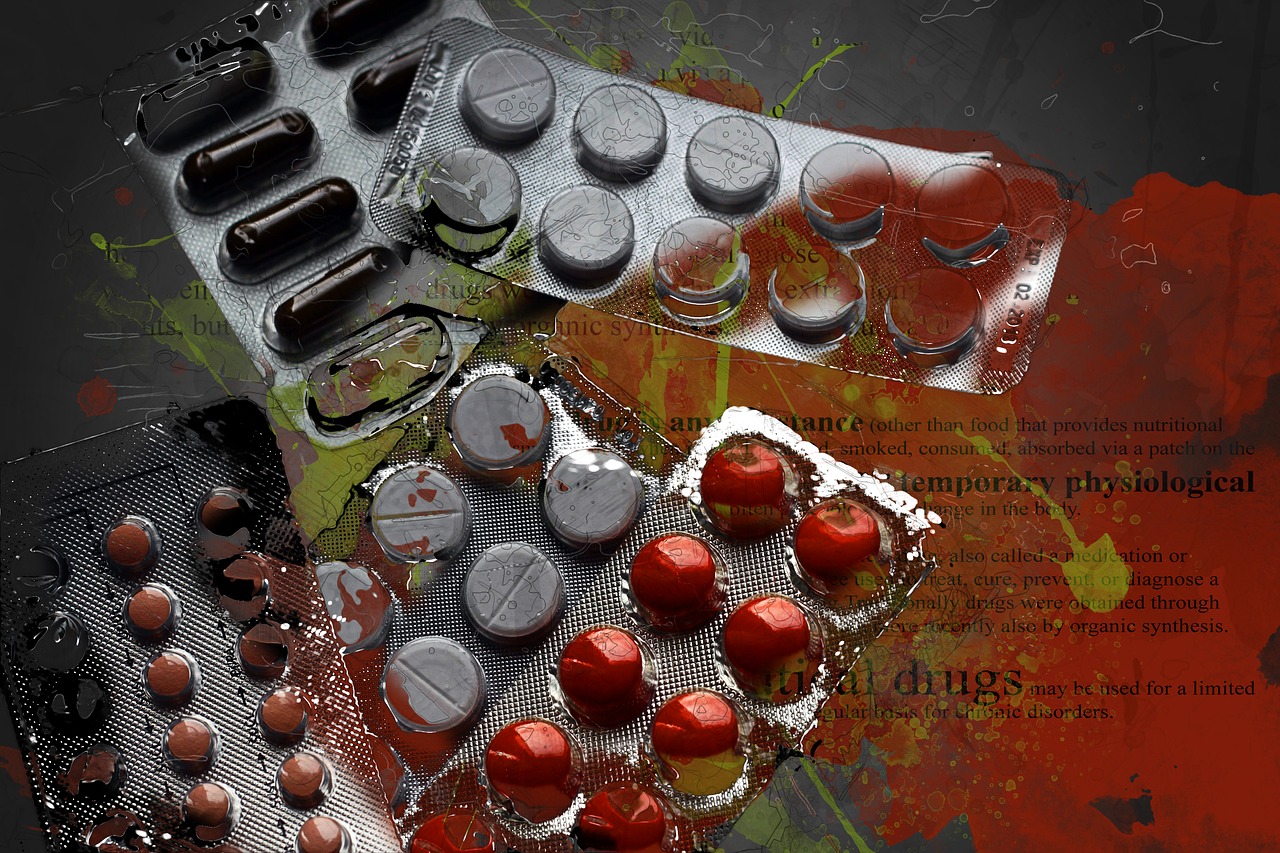Fake medicines are becoming a growing problem, according to the World Health Organization. A few examples that the organization has identified are cough syrup for children that have a powerful opioid, antimalarial pills made of potatoes and cornstarch, and counterfeit birth control pills.
The WHO estimates that “1 in 10 medical products circulating in low- and middle-income countries is either substandard or falsified.” These include vaccines and diagnostic kits, NPR reports.
Suzanne Hill of WHO’s department of essential medicines and health products, said,
We have reports from all over the globe, from countries rich and poor, and reports on all types of products, both innovative or generic, expensive or not.
The report is based on 100 peer-reviewed surveys on medicine quality from 2007 to 2016 across 88 countries.
In 2011, 200 people in Pakistan died after ingesting a contaminated heart medicine. In 2014 and 2015, over a thousand people were hospitalized in the Democratic Republic of Congo because of a fake drug that contained an antipsychotic.
This get-rich-quick scheme has lined the pockets of numerous unscrupulous persons. Kristina Acri, an economist with Colorado College who has studied the problem of counterfeit medications since 2000, said, “It most certainly is, and it’s also probably one of the oldest ones. There are episodes of counterfeiting that go back to the second century. There is tremendous profit in this.”
A whopping 42% of the reports of suspicious medicines came from Africa, and 21% each from Europe and the Americas, although these don’t necessarily pinpoint the location of the problem.
Acris said, “Just because you have more reports from a certain country doesn’t mean the problem is worse there. It might just be that they’re better at ferreting them out.”
When there are drug shortages, the market is open for counterfeit or poor-quality medicines. Michael Deats, an expert on medicine safety and vigilance with WHO, said, “If there is insufficient product on the market, within days, the vacuum is filled with falsified versions.” And in terms of risk, “location doesn’t matter. It’s about just as risky to buy medications from a street market in Africa as it is to buy them from an unregulated website in North America.”
Stigma also prompts counterfeiting. Viagra is considered one of the most falsified drugs, primarily because people are afraid or ashamed to go to a legitimate doctor for them.
Deats said, “In the last four years of the surveillance program here, we’ve seen clandestine factories that have been making substandard and falsified medicines in every WHO region. We’ve seen them in developed countries. We’ve seen them in developing countries.”
Stricter policies and law implementation might help the problem. “I think regulating the supply chain is a starting point,” Acri said.
























